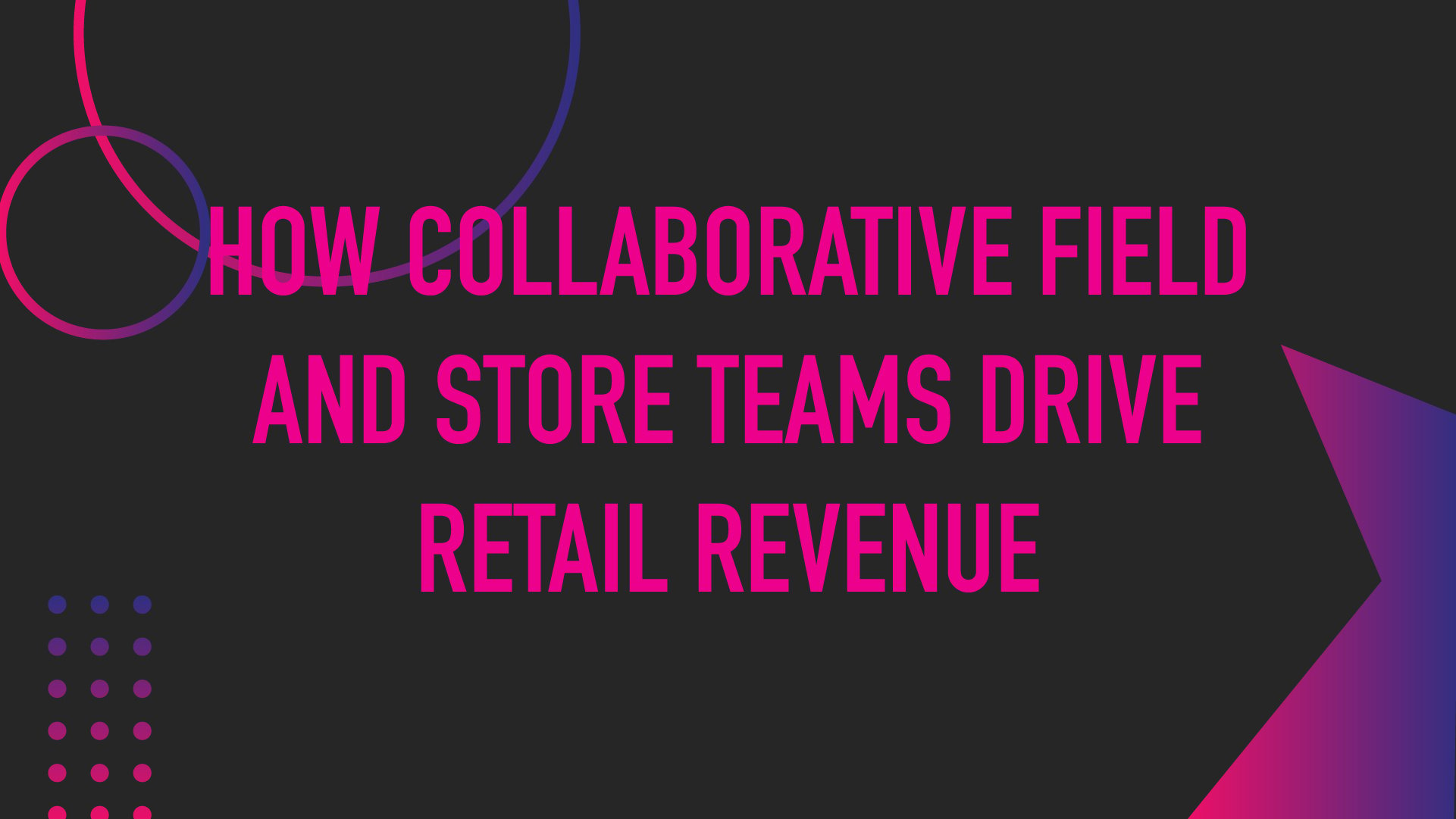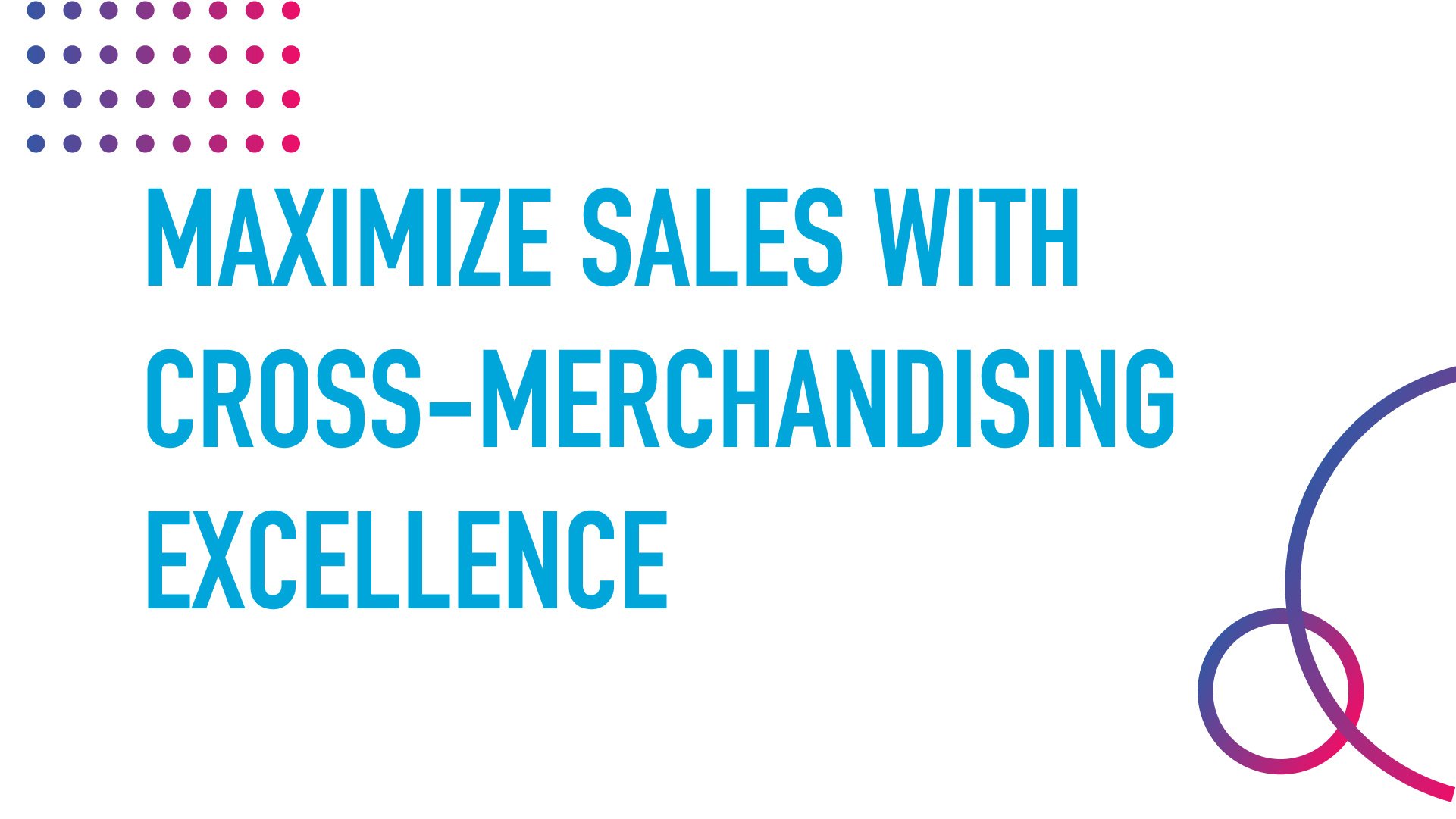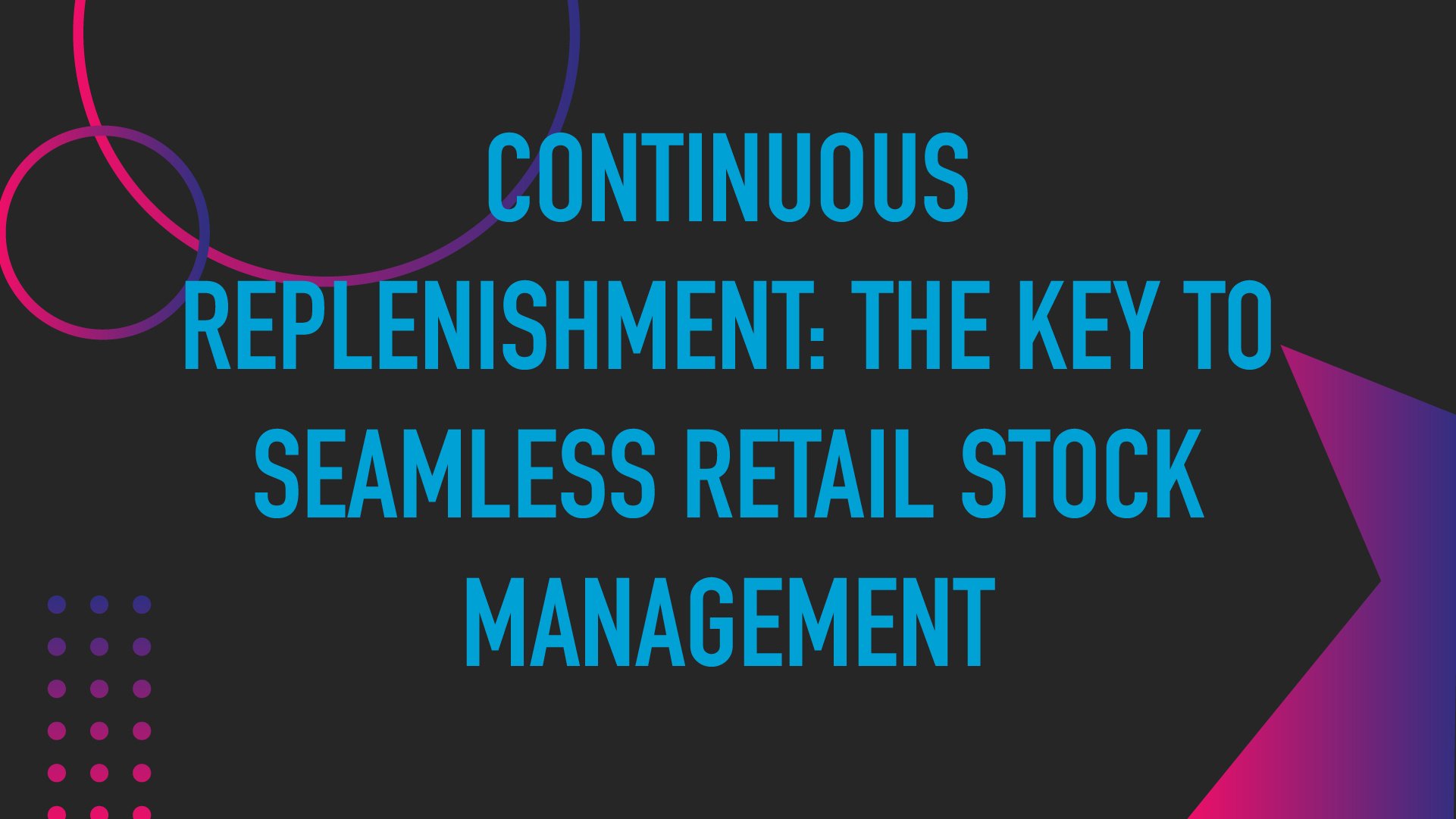5 Proven Tips for Better Retail Store Audits


Retail businesses operate in a highly competitive and rapidly changing environment, leaving little room for error. In this dynamic, keeping track of performance and ensuring that stores consistently represent brands while operating within company compliance is crucial.
Store audits provide a comprehensive view of various aspects of your performance within retail stores, including on-hand inventory levels, pricing accuracy, product placement on shelves, planogram compliance, and more. These assessments are critical in reputation management and can improve store operations and sales performance.
However, conducting an audit can be a daunting task, especially for team leads who have many other daily responsibilities on their plate. Ensure a successful audit by refining the audit scope, organizing documentation, understanding compliance requirements, and streamlining operational processes. With proper preparation, teams can confidently conduct an audit and implement changes to improve store performance.
Preparing for an Audit
Store audits play a critical role in reputation management, helping to ensure that every aspect of the retail operation aligns with the brand's values and standards while maintaining consistency across multiple locations. Advanced preparation can minimize stress levels and maximize the potential for a successful audit. By refining the scope of an audit, organizing documentation, understanding compliance requirements, and streamlining operational processes, teams can confidently conduct an audit and implement changes to improve performance.
1. Refine the Scope, Objectives, & Criteria
Audits can be stressful and time-consuming, typically taking several weeks to prepare for and execute. The first step in preparing for an audit is understanding and defining the focus of the audit. Familiarize yourself with the audit's scope, objectives, and criteria to ensure that you are ready to set and evaluate expectations.
The audit scope refers to the specific areas that will be reviewed during the audit. This may include specific departments, product lines, or operational practices. It is crucial to familiarize yourself with the areas that will be audited and have a deep understanding of the processes in place. This can help ensure that you have all the necessary information and can effectively assess and address any issues that may arise during the audit process.
Audit objectives guide the entire auditing process. They define what needs to be audited, how it should be done, and what outcomes should be achieved. Goals may include identifying areas for improvement or ensuring compliance with specific regulations or standards. Setting clear objectives can help auditors stay focused throughout the audit process.
Audit criteria are the benchmarks that a store's performance is measured against. They are designed to assess whether the store complies with established standards and guidelines and identify areas where improvements can be made. An auditor can assess department lines and products by reviewing specific criteria related to inventory management, merchandising compliance, safety and security, customer service, and overall store organization and layout.
2. Get Organized
Gathering documentation can be one of the most tedious aspects of an audit. Relying on previous audits may seem like a convenient option, but the ever-changing regulatory landscape requires constant evaluation and reassessment of policies and procedures.
Having efficient methods to gather necessary information quickly and accurately can minimize resource strain and maintain compliance standards. Make the process as painless as possible by utilizing tools and technology to collect data and documentation, enabling you to streamline the entire process without putting a strain on your resources.
Software solutions with internal communications and team dashboards can be useful in collecting information from various departments, ensuring that all the necessary data is gathered in a timely manner. This can reduce the risk of delays or redundancies, ensuring the audit is completed within the set timeline. Task management features can expedite the audit process further by providing real-time visibility into the preparation progress by enabling team leads to assign tasks, set deadlines, and monitor progress.
Task management systems can also help identify bottlenecks in the process, allowing corrective action to be taken to ensure that the audit is completed on time.
Route optimization software can be particularly beneficial for field teams, helping them plan their routes and schedule their visits efficiently. This software solution utilizes advanced algorithms and real-time data analysis to assist field teams in planning their routes, saving time and resources by eliminating unnecessary travel, reducing fuel costs, and increasing the number of sites that can be visited in a day.
3. Review Your Policies & Procedures
Policy and procedures are a roadmap for managers and team leads, helping them monitor compliance, identify areas of improvement, and reduce the risk of penalties. These systems promote consistency across multiple store locations, ensuring all stores operate according to set standards and procedures.
A successful audit requires a thorough review of these policies to ensure that the retail store operates within the guidelines set by the parent organization. One of the first steps in conducting an audit is to review the policies and procedures. This step is essential because it helps you understand what to look for during the audit and set appropriate criteria.
You should be familiar with the policies and procedures relevant to the audit's scope, including inventory management, pricing accuracy, product placement, and store layout. This familiarity will help you identify potential issues during the audit and ensure that you are conducting a comprehensive review.
During the audit, it is crucial to ensure that this consistency is upheld and that all stores follow the same guidelines. Service providers that operate field teams in stores should review the effectiveness of the policies they have in place, as they may need to be updated regularly to ensure they are providing a valuable resource to retail stores with accurate and effective policies.
4. Streamline Your Auditing Operations
Conducting a retail store audit can be time-consuming and labor-intensive, especially for larger organizations or those with multiple locations, and can vary greatly depending on the industry and business type. In particular, there are notable differences between a retail store's internal audit and a Consumer Packaged Goods (CPG) company store audit. While both audits aim to assess performance and identify areas for improvement, the focus of each differs significantly in terms of what aspects of the business are being evaluated.
To perform a successful and productive audit, retail teams should have a strategy and approach in place ahead of time. Software solutions can be a valuable tool in assessing merchandising strategies, evaluating store performance, and reporting real-time data from in-store audits, making it an excellent resource for store and field teams in streamlining audition operations.
CPG companies have field teams that complete store audits for their products. These teams visit retail locations and perform inspections to ensure products are correctly displayed, stocked, and promoted. The success of a store audit depends on these field teams having in-depth knowledge of regulations, software platforms with internal communications and photo-sharing capabilities, and the ability to identify potential issues before they become problems.
Software solutions with photo proof of performance tools allow field teams to quickly and easily capture visual evidence of store conditions, product placement, promotional displays, and other critical performance elements. Platforms that offer planogram creation and distribution capabilities provide retail teams with a visual representation of product displays and help ensure consistent merchandising across multiple locations. Planograms can also assist with store layout, improving traffic flow, and maximizing the time customers spend in stores.
A retail store audit is a comprehensive evaluation of various aspects of a retail store's operations, typically encompassing a wide range of areas, including inventory management, sales and customer service, store layout and merchandising, and compliance with company policies and procedures. Retail teams can benefit from retail execution software solutions, which improve overall efficiency up to 5% providing real-time data and insights into various aspects of a store's operations. Real-time reporting provides valuable information on sales performance with up-to-date information on SKU quantities, monitors inventory levels, and tracks sales trends and customer behavior.
Utilizing a sophisticated platform that can identify discrepancies between inventory records and physical inventory, as well as assess the effectiveness of inventory procedures, can simplify the auditing process by providing auditors with a single location for all in-store operational assessments.
5. Prioritize Communication
Communication plays a critical role in the auditing process. Being transparent about operations and expectations ensures that all parties understand the purpose and criteria of the audit, increasing its likelihood of success. Store teams and field teams should coordinate beforehand to understand the scope and objectives of the audit, as well as timelines and specific policies or procedures that will be assessed.
Effective internal communication will also be crucial for task management before and after the audit and can improve productivity by up to 41%. It often takes several people to prepare for an audit, making task tracking and project management vital to coordinate efforts and prevent redundancies or wasted time. Store teams may receive notes on areas for growth that need to be clarified before implementation, furthering the need for effective communication between internal and external teams.
An audit is a proactive approach to managing retail operations, helping maintain brand reputation and improve performance. Team leads can better prepare for an audit, minimize stress levels, and maximize the potential for success with proper preparation. Remember that the goal of an audit is not to find fault but to identify areas for improvement. With adequate preparation and a positive attitude, audits can be a valuable tool for driving positive change and growth within your stores, your team, and your brand.
featured content
featured content

The Importance of On-Shelf Availability in Retail: Why Keeping Items Stocked is Critical for Competitiveness in 2026
Learn why on-shelf availability is critical in today's retail store environment








